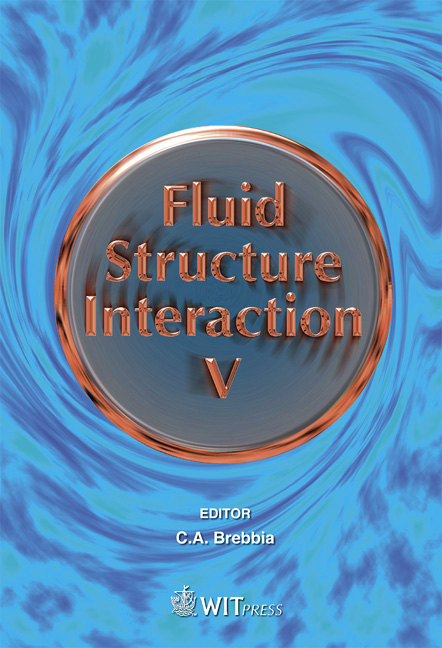Modelling Of The Francis Turbine Runner In Power Stations. Part II: Stress Analysis
Price
Free (open access)
Transaction
Volume
105
Pages
7
Page Range
279 - 285
Published
2009
Size
1,047 kb
Paper DOI
10.2495/FSI090261
Copyright
WIT Press
Author(s)
R. A. Saeed, A. N. Galybin, V. Popov & N. O. Abdulrahim
Abstract
The second part of this paper presents results of stress analysis of the whole Francis turbine runner at Derbendikan power station by using the Finite Element Method (FEM). Computations were carried out with appropriate boundary and loading conditions for water pressure obtained from CFD analysis. The analysis focuses on stress distribution in the runner blades. It has been found that the maximum stresses due to the water pressure are located at the trailing edge of the runner blade towards the transition between the blade and the crown. This explains why this region has been identified as a critical area for fatigue crack initiation in the Francis turbine runner. Keywords: Francis turbine runner, fatigue cracks, FEM stress analysis. 1 Introduction Stress analysis of hydraulic turbine runners can only be performed by numerical methods due to the complexity of these structures. In this study, the loads obtained from the CFD analysis for specific boundary conditions (presented in the first part of the paper) are incorporated into a Finite Element model to calculate stress distributions in the runner. Finite Element modelling has been used by many researchers, e.g. by Angehrn et al. [1], to calculate stresses in a blade of the model turbine for different distributions of hydraulic loadings and by Nava et al. [2] to find hydraulic induced stresses in the Francis runner. Comparison finite element analysis with strain gauge measurements in an operating Francis turbine was presented [1, 3–6]; the calculated results obtained by the finite element method were in satisfactory agreement with the experimental results.
Keywords
Francis turbine runner, fatigue cracks, FEM stress analysis.





